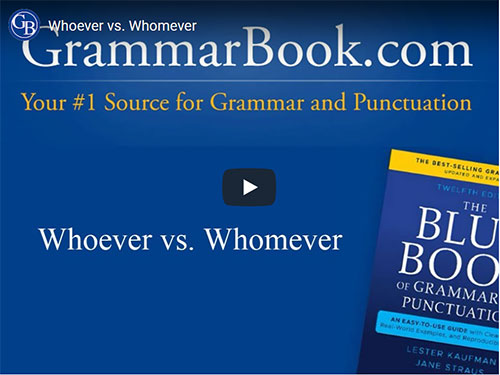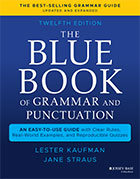|
English includes two primary groups of letters and sounds.
One group is the consonants. We make the consonant sounds by changing and restricting airflow in our mouth or nose as we speak, such as with our teeth, tongue, or lips.
The other group is the vowels. We produce vowel sounds with unrestricted airflow shaped mainly by our tongue or lips.
What Are the English Vowels?
The primary English vowel letters are a, e, i, o, and u.
The letter y can be construed as a vowel as well when it produces a vowel sound. For example, in the words shy and rhythm, the y creates i vowel sounds (shy, rhythm). In words such as yacht and young, the y is spoken as a consonant sound.
Vowels also are categorized as phonemes, the smallest units of speech sounds that distinguish words through pronunciation and give them particular meanings.
It's important to emphasize that vowel letters and vowel sounds are different. Vowel letters are their symbols in the alphabet. Vowel sounds are those we make or hear when words are spoken. English includes many more vowel sounds than vowel letters.
Vowel Types and Classifications
Broadly, vowel sounds can be short or long.
Short vowels are the most typical sounds we pronounce, particularly when a word is short and it contains just one vowel in a syllable. The vowel sound is clipped when we speak it.
| a |
bat |
| e |
get |
| i |
wish |
| o |
sock |
| u |
mud |
| y |
rhythm |
Long vowels have a greater duration of sound. The vowel letters might be alone or in a pair.
| a |
rake |
|
o |
hope |
| ai |
bait |
|
oa |
boat |
| e |
she |
|
u |
cute |
| ea |
each |
|
ue |
blue |
| i |
like |
|
y |
shy |
| ie |
lie |
|
ye |
bye |
You'll notice that when a vowel is paired with another vowel, especially one that is silent, it can often make a long sound that's pronounced like the letter's name. For example, the a in rake sounds like the letter a said alone.
Vowels can be further classified in three forms of stability, which is the consistency of a vowel's sound across different contexts or dialects or with the passage of time.
In other words, vowel stability is a measure of a vowel's resistance to possible change by phonetic, morphological, or social factors.
The three main stability categories are monophthongs, diphthongs, and triphthongs.
| Monophthongs |
Diphthongs |
| Single, pure, unchanging sound |
Two vowel sounds blended in one syllable |
| Tongue stable in pronunciation |
Tongue shifts position in pronunciation |
| Examples: sat, best, hot |
Examples: flour, guy, wait |
|
| Triphthongs |
|
| Multiple gliding vowel sounds |
| Coordinated movement of lips, tongue, and jaw |
| Examples: hire, power, royal |
Why Vowels Are Important
Vowels are vital because they are the core of all we read, write, and say in American English. Not all words and syllables must have a vowel letter, but they must include a vowel sound.
The following are examples of how vowels guide the ways we spell, pronounce, hear, and understand our words and syllables.
Choosing a or an
The use of the indefinite article a or an is determined by the next word's first sound.
For instance, the words history and hour both begin with the consonant letter h. The h in history has a consonant sound when pronounced; the h in hour has a vowel sound. We would therefore write and say a history and an hour.
Pronunciation & Spelling Variations
Vowels influence pronunciation with their position in a word, including the surrounding vowels and consonants.
For example, the word win has a short i vowel bracketed by the consonants w and n. If we add the vowel e to the end, we change the word to wine, which has a long i vowel. The e is also silent.
Shifts in vowel pronunciation likewise differentiate words with the same vowel pairs, such as bread (short e vowel sound) and break (long a vowel sound) and suit (long u vowel sound) and guild (short i vowel sound).
Consider too how vowel pronunciation shapes spelling in words such as the verbs cop and cope when we use them in the present progressive. The vowel sound in cop is short and the one in cope is long because of the silent ending e. Based on the vowel sounds, in the present progressive cop becomes copping and cope becomes coping.
Word Meaning
Vowel changes in words often alter their meaning. Just a few examples are this and thus, sure and sire, brew and brow, and wisp and wasp |
Vowels in Writing
As we master vowel sounds in our speech and our writing, we can use them artfully to enhance our expressions with a pleasing rhythm and flow.
One such application is assonance, the repetition of vowel sounds within two or more words with different consonants.
Examples
The shade of the day made her feel okay.
His whims will make your head swim.
The city bus wore a cover of dust |
When we read these lines aloud, we can hear their cadence. In addition to creating rhymes, repeating vowel sounds can give language a musical quality. This characteristic makes assonance common in writing for songs, poetry, fiction, and speeches.
|





